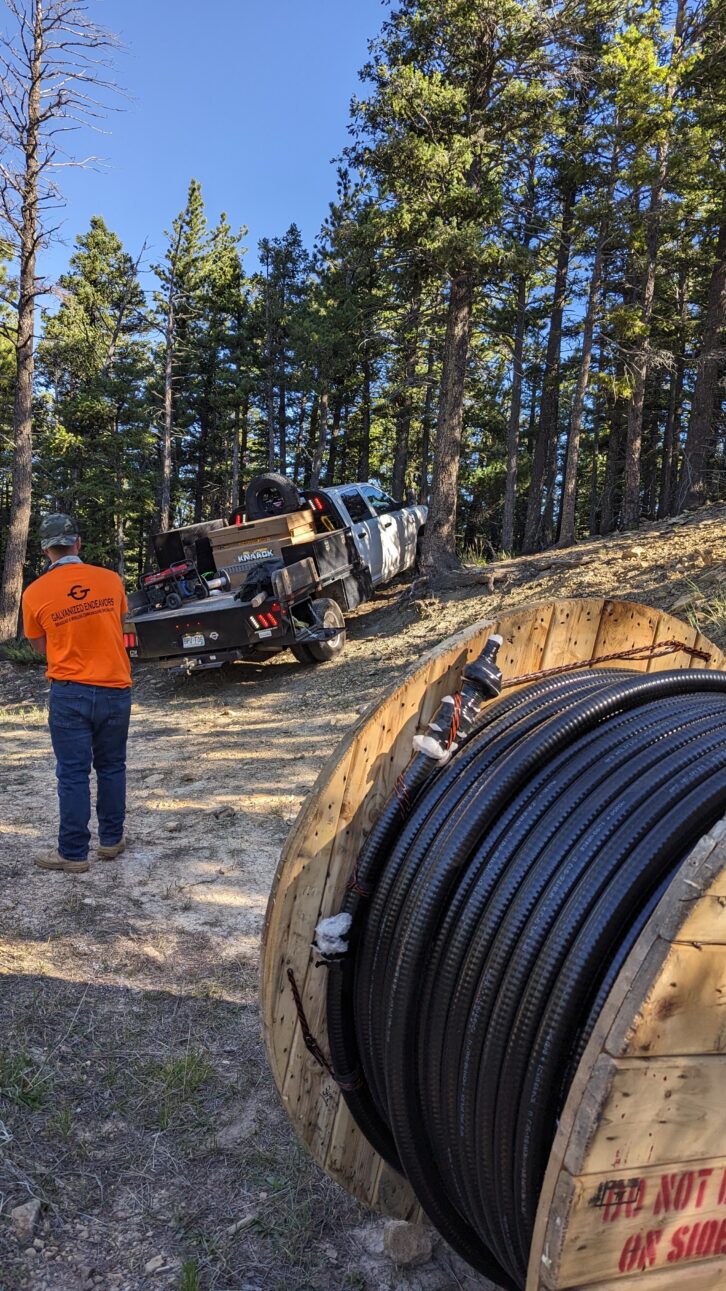Now is a good time to plan transmitter site improvements for spring. The priorities will spring to mind easily; but think more broadly and you may realize you have other needs too, including projects that “fell off the radar” during the pandemic years and never got back on the screen.
Here are a couple of instances from my own experience.
Installing a fluid-cooled transmitter is more complex than putting in an air-cooled one. There are clear advantages once the job is done, but it is not really finished until the cooling radiators outside the building are protected.
The first photo shows an example of basic protection at a remote mountain site. You can see the fencing we made with hog wire, and an ice bridge above that keeps ice and roof debris away from the area. We also regularly take a DeWalt battery-driven power washer and 5 gallons of water in a bucket, and we gently wash the fins of the radiators.

The second photo shows coax risers that were put in place just before the pandemic.

Some of the coax for the antennas was replaced with new line and installed in the risers as shown. But before coax for the rest of the stations could be installed, this project — like many in the 2020–2022 timeframe — ground to a halt.

The installer later caught up to the project, coordinating with the stations involved. In two days it got the coax and the covers installed.

The work was not critical to the site operation, but it is an investment in preventive maintenance and can pay long-term dividends. Such expenditures sometimes require justification. They shouldn’t. They’re akin to changing the oil in a car regularly or getting a physical at your doctor’s once a year.
Site engineers and their supervisors should plan to take a critical look at their facilities and revisit some of this big-picture thinking.











